Technologies Used in Projects
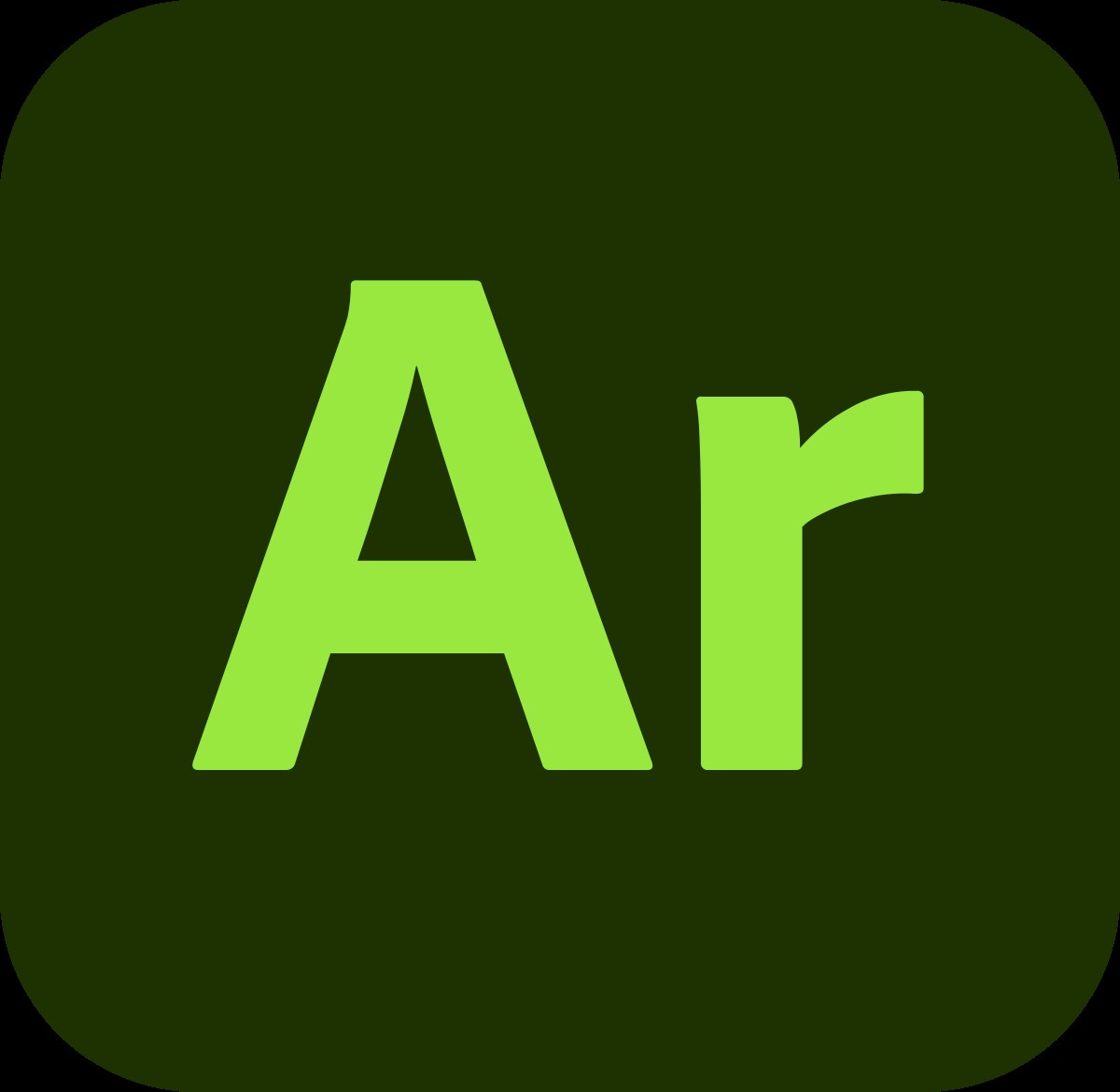
Adobe Aero
1 related projects
Adobe Aero is an AR authoring tool that lets students place, animate, and interact with digital objects in real-world spaces—no coding required.
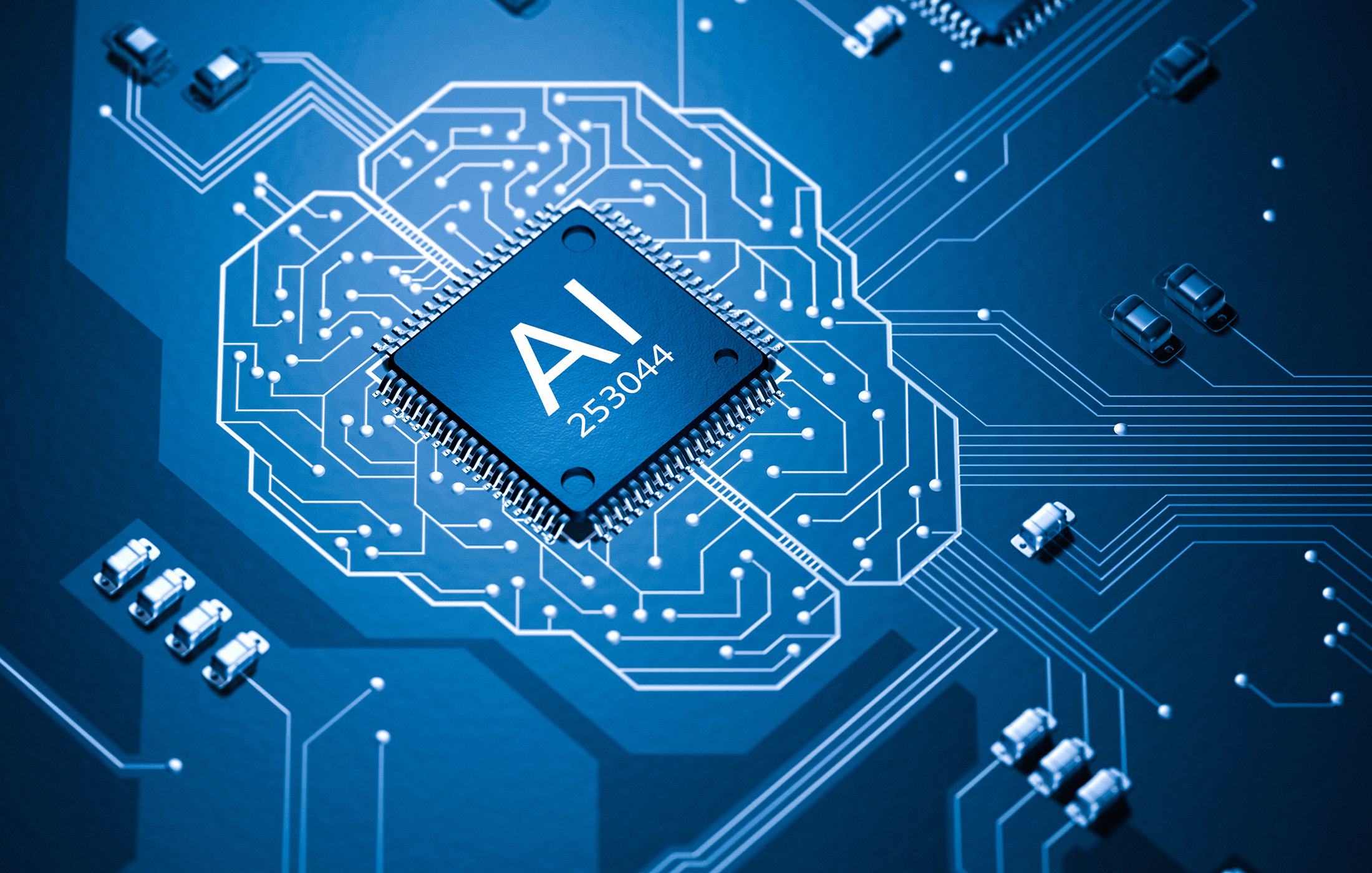
AI
3 related projects
Students use AI to build smart, reactive, or generative systems—ranging from conversational bots to self-guided characters in digital spaces.
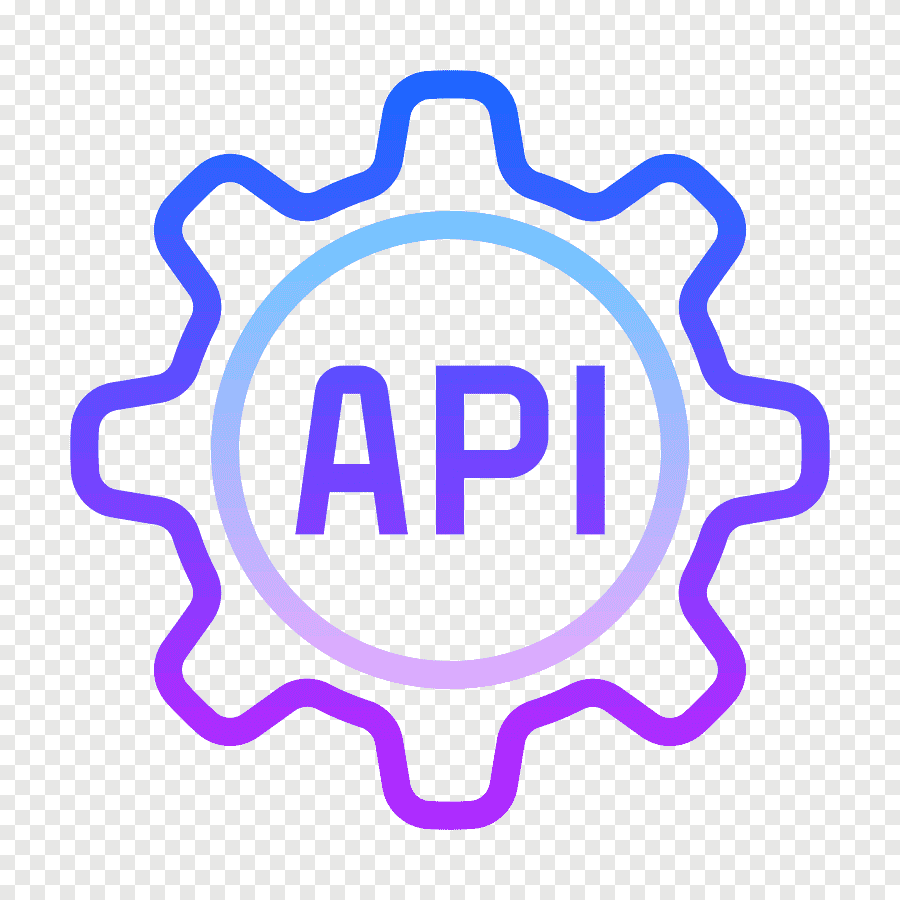
API
2 related projects
Students use APIs to bring external data into their projects, connecting to services like chatbots, weather, music, and AI tools.
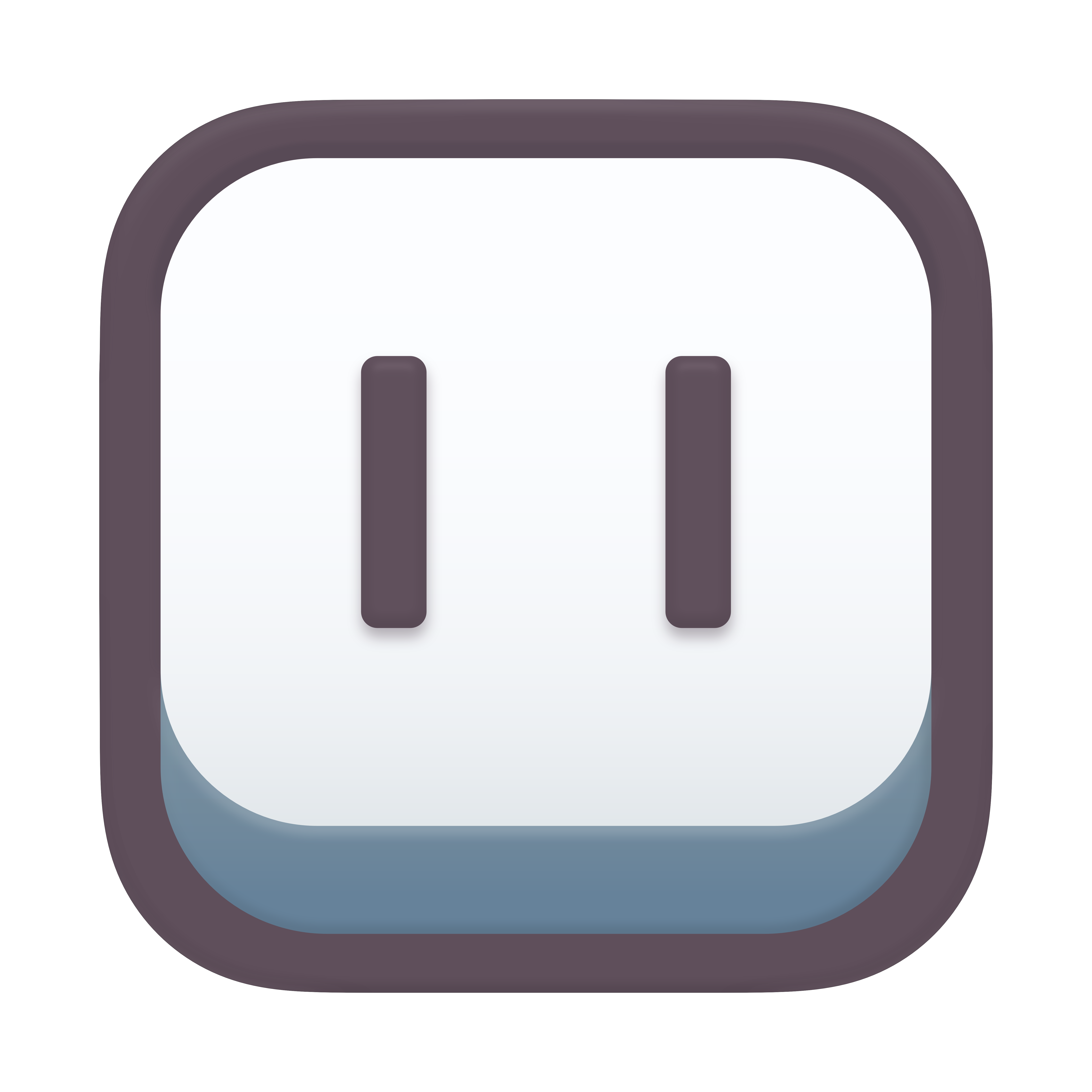
Aseprite
2 related projects
Aseprite is a pixel art and animation editor students use to design sprites, tiles, and visual assets for 2D games.
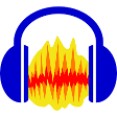
Audacity
1 related projects
Audacity is an open-source audio editor that helps students record, edit, and mix sound for voiceovers, music, and interactive projects.

Blender
1 related projects
Blender is a free 3D modeling and animation tool students use to design characters, environments, and assets for interactive media projects.
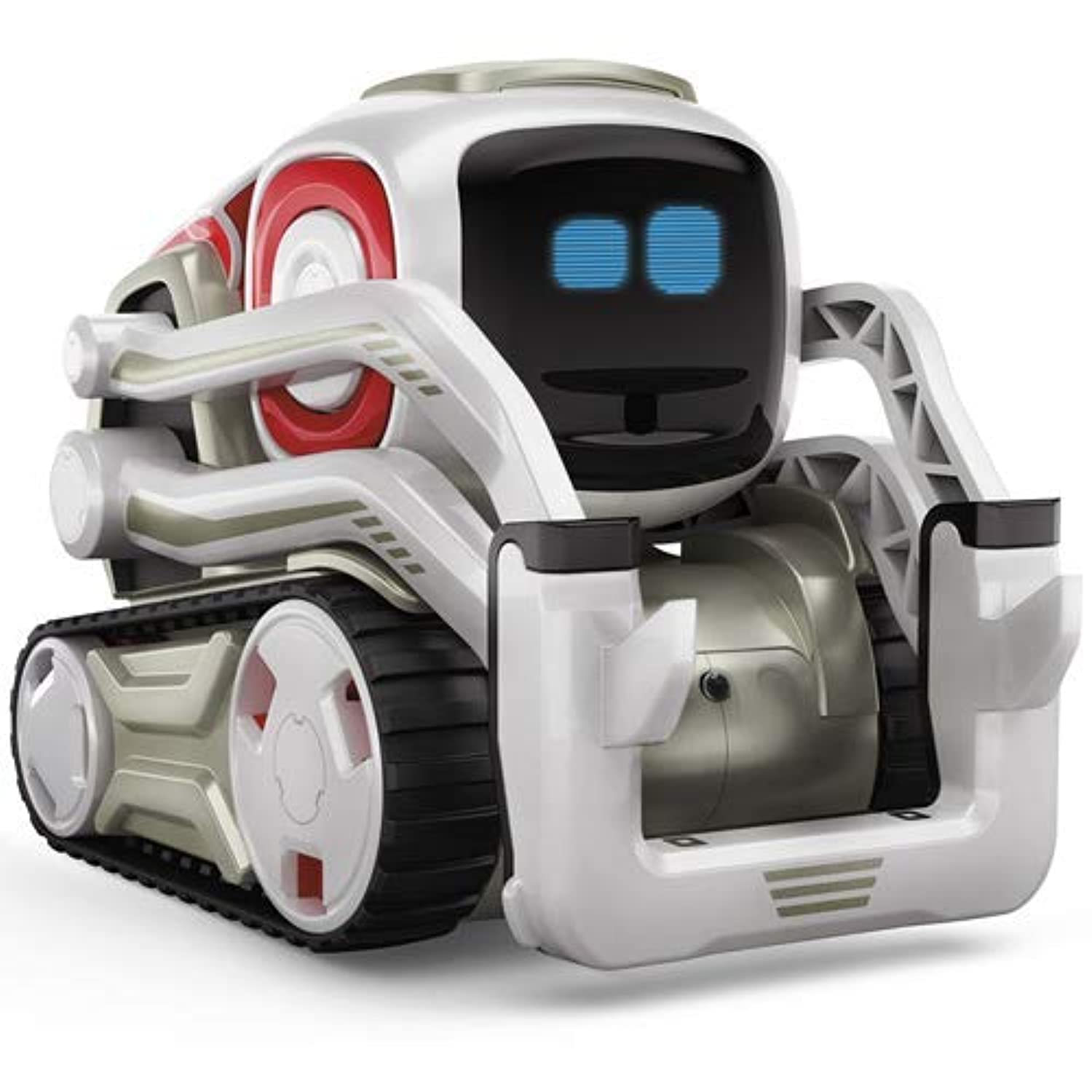
Cozmo
1 related projects
Cozmo is an intelligent robot with facial recognition, sensors, and a playful personality—ideal for learning AI, robotics, and storytelling through code.
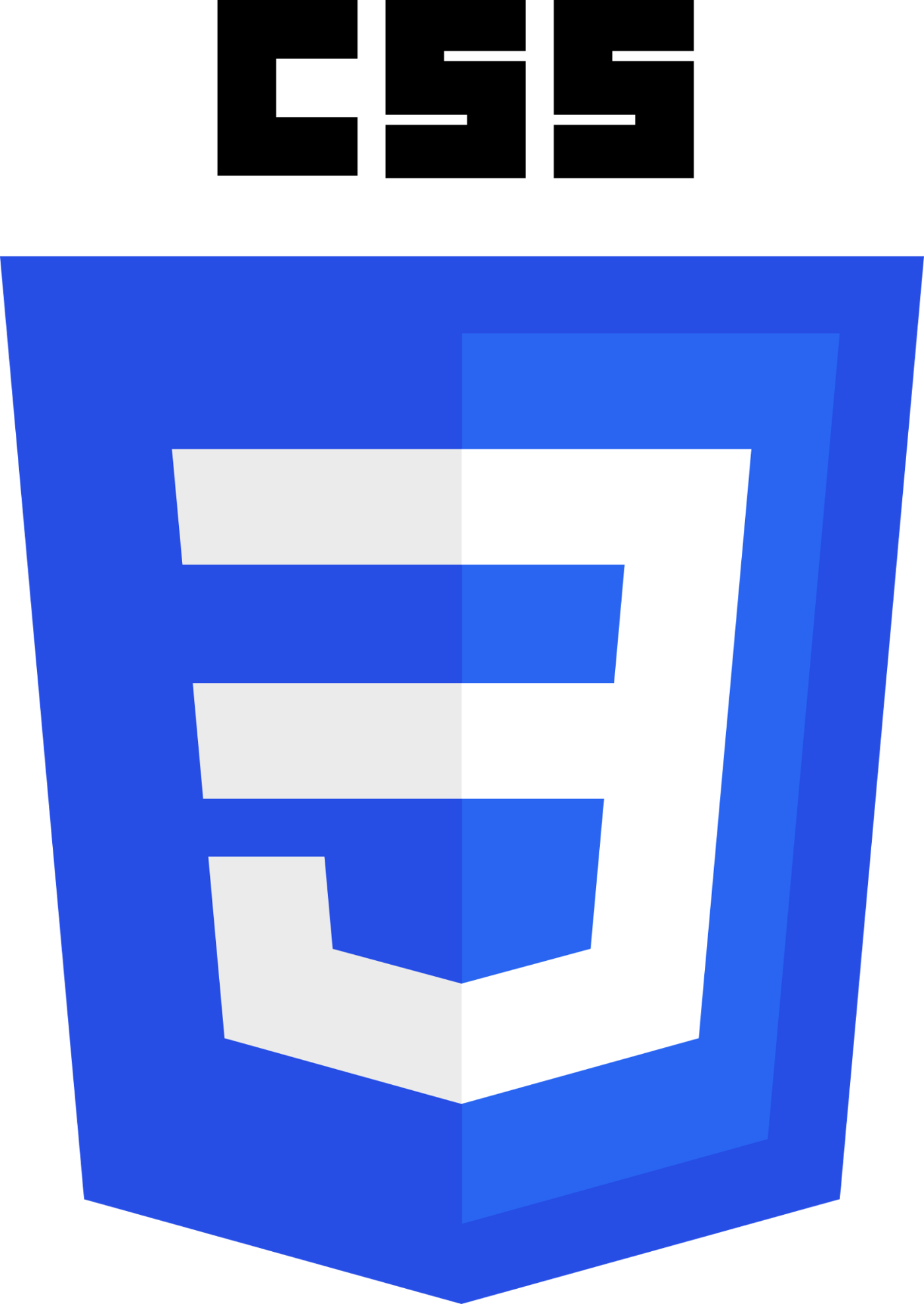
CSS
4 related projects
CSS is used to control the visual style of web pages, allowing students to customize layouts, fonts, colors, and responsive designs.

Drone
1 related projects
Students use drones to explore real-world applications of physics, sensors, and flight control through interactive aerial missions.
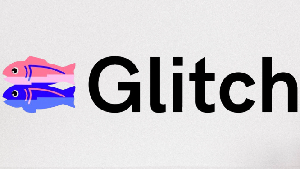
Glitch
1 related projects
Glitch is an online platform for building, remixing, and deploying full-stack web apps—ideal for student projects with live backend functionality.
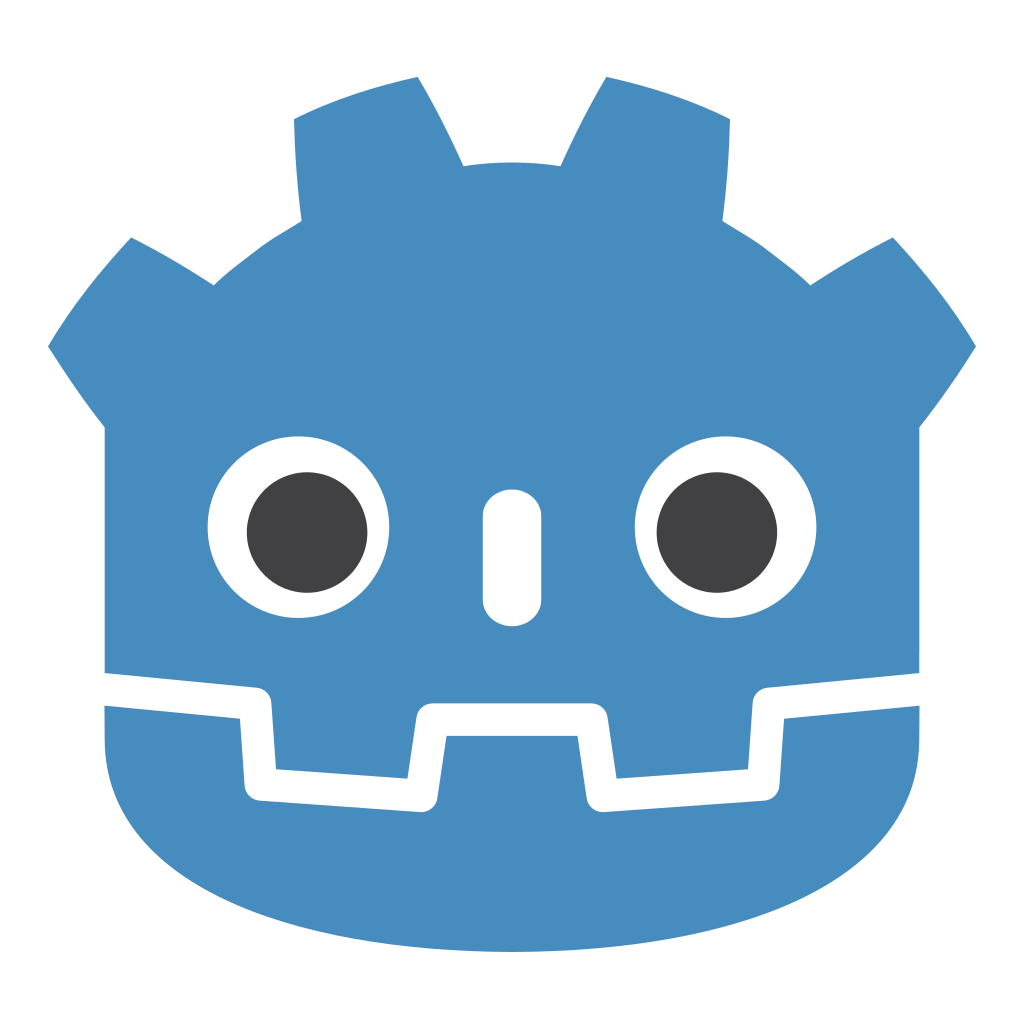
Godot
1 related projects
Godot is a lightweight, open-source game engine students use to build 2D and 3D games with full control over scenes, scripting, and animation.
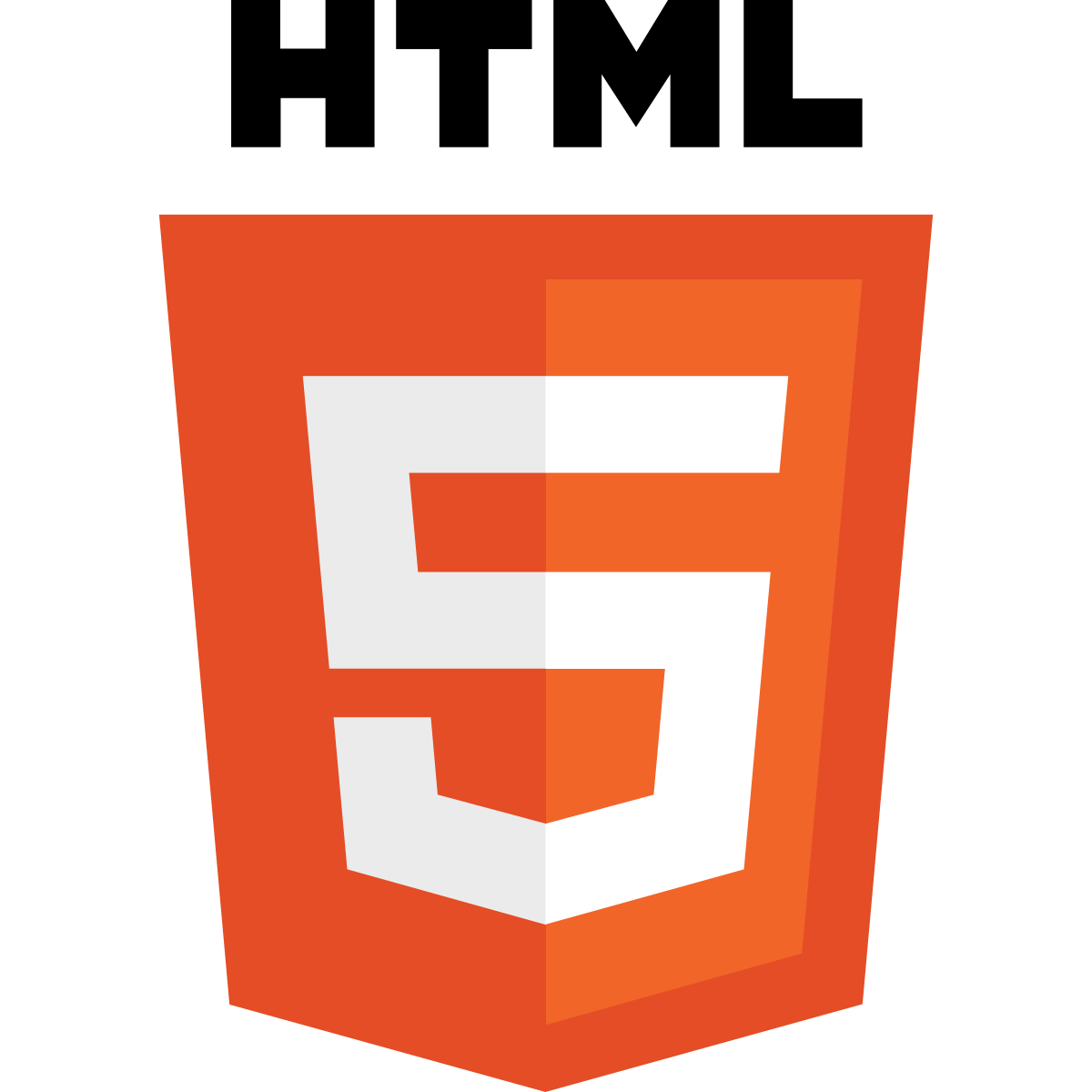
HTML
4 related projects
HTML is the foundation of web development, enabling students to build websites and digital portfolios with structured content and style.
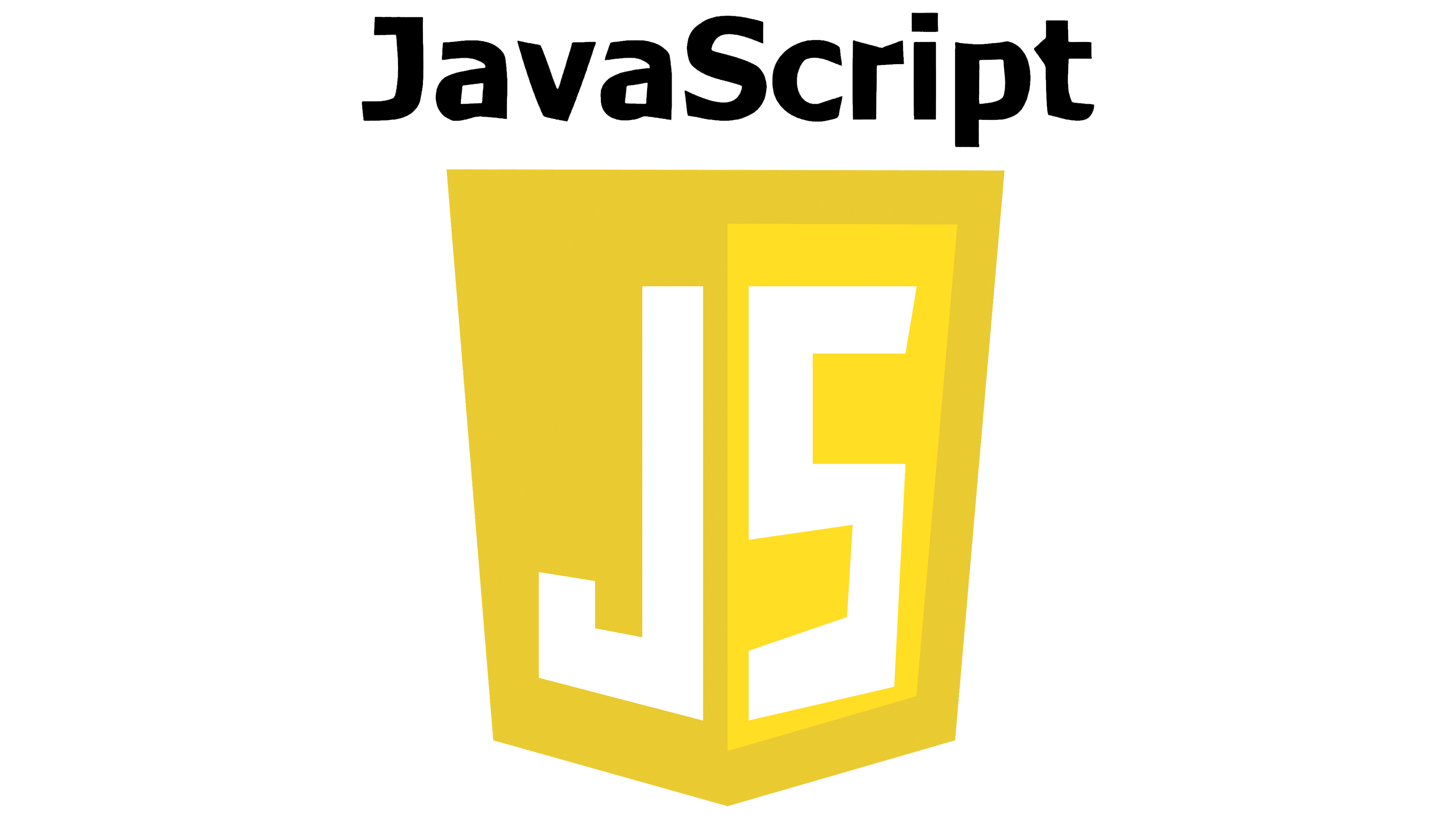
JavaScript
3 related projects
JavaScript allows students to add logic, interactivity, and dynamic content to web-based projects—turning static pages into applications.

Makey Makey
5 related projects
Makey Makey is an invention kit that turns everyday objects into touch-sensitive inputs, enabling students to create physical, interactive projects.
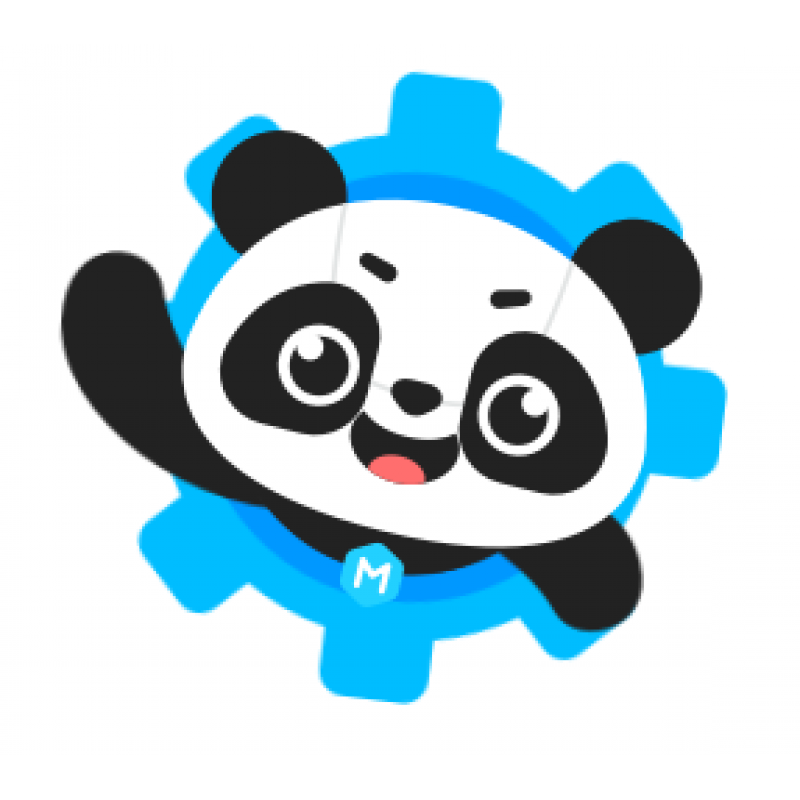
mBlock
3 related projects
mBlock is a block-based programming tool that helps students code robots, sensors, and AI behavior through a Scratch-like interface.
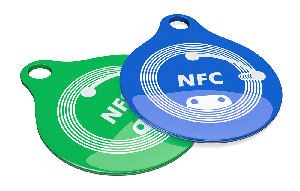
NFC
2 related projects
NFC chips enable students to embed scannable functionality into physical objects, linking digital experiences to the real world.
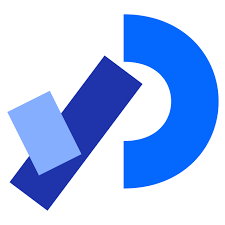
Processing
3 related projects
Processing is a flexible visual coding environment where students explore animation, interactivity, and generative art using Java-based syntax.

Roblox
1 related projects
Roblox Studio lets students design and script interactive 3D games using Lua, empowering them to build multiplayer and immersive digital worlds.

Scratch
7 related projects
Scratch is a visual, block-based programming language ideal for teaching logic, animation, and storytelling in a beginner-friendly environment.
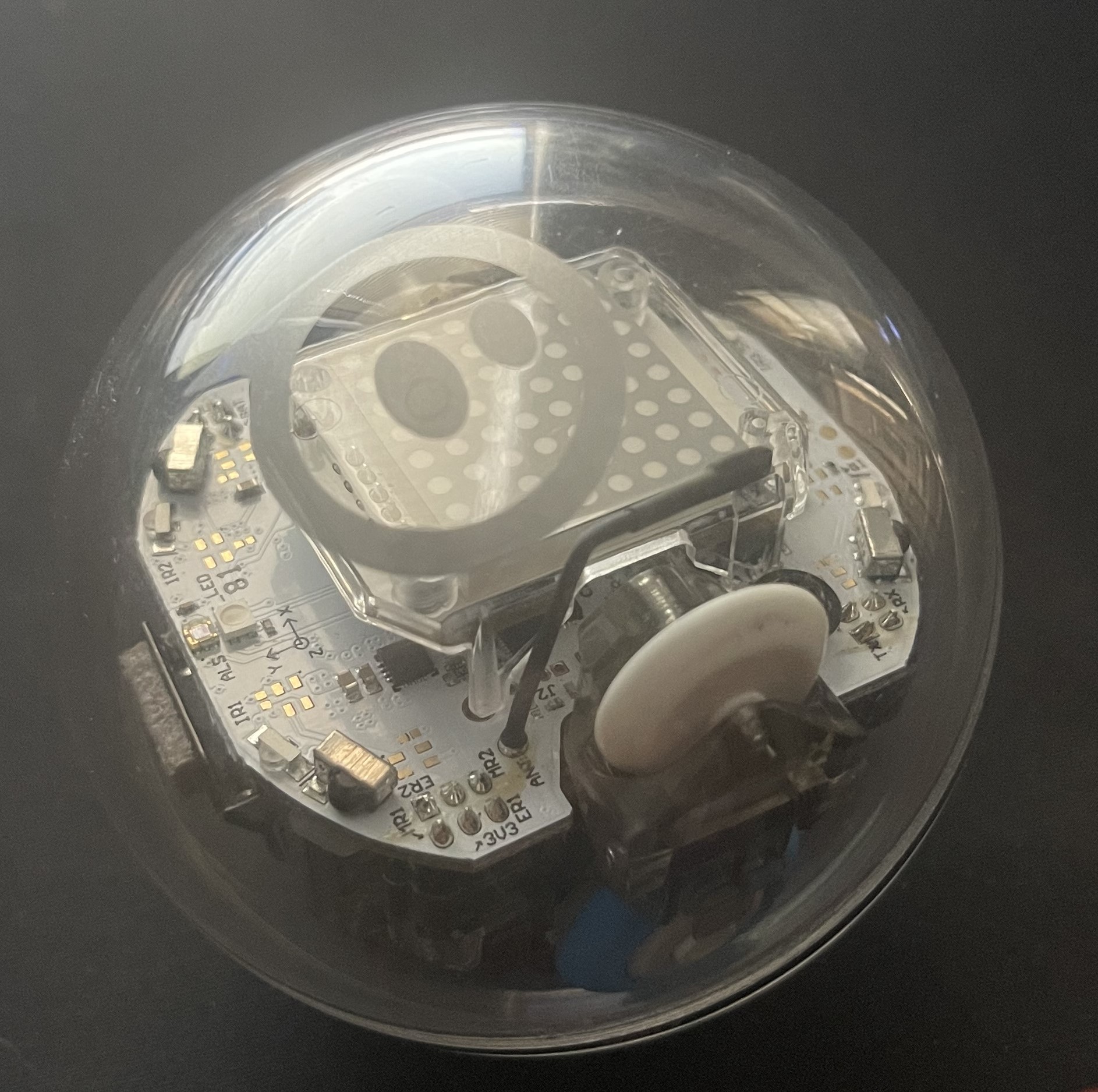
Sphero
2 related projects
Sphero is a programmable robotic ball that teaches students coding, logic, and problem-solving through movement and interaction.
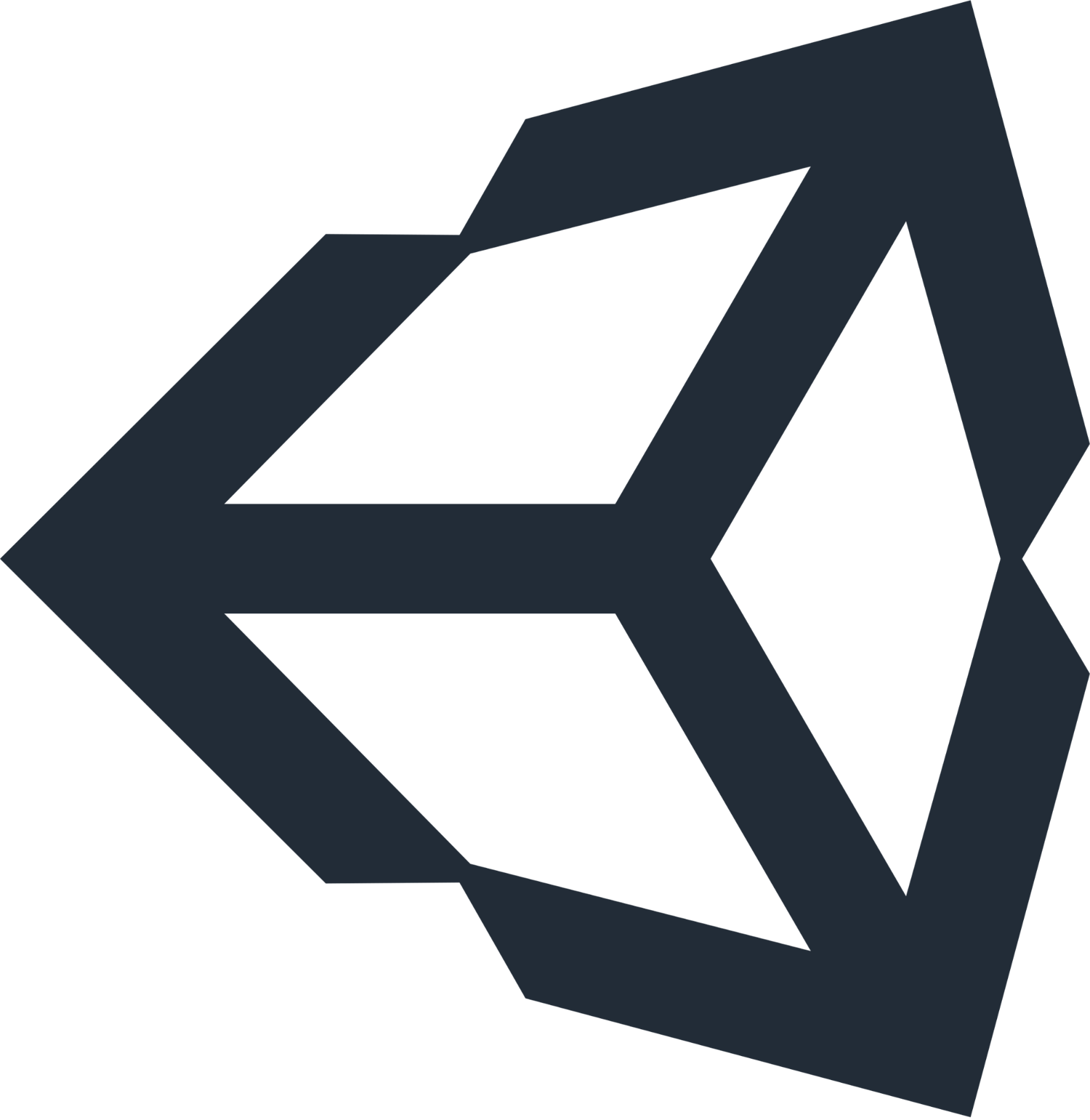
Unity
5 related projects
Unity is a powerful cross-platform game engine used to create 2D, 3D, and VR experiences. Students use it for immersive and interactive projects.
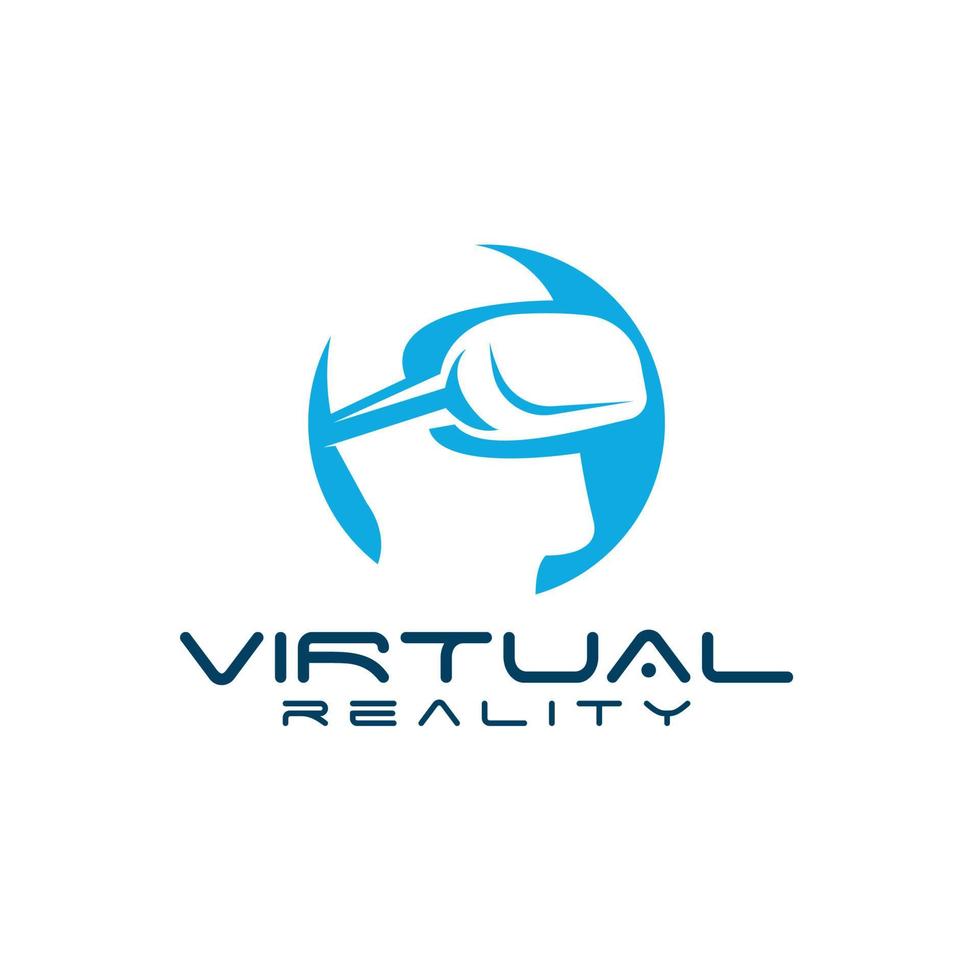
Virtual Reality
1 related projects
Virtual Reality allows students to create immersive 3D environments that users can explore and interact with using headsets and motion controls.